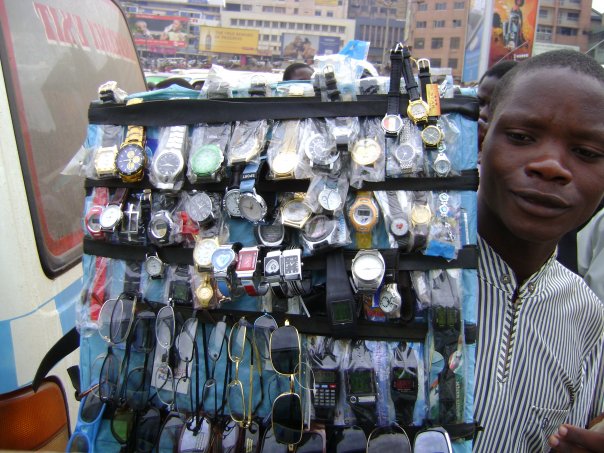When most people think of haggling on the road, they see something out of “Casablanca:” dingy market stalls packed with hookahs and brass pocket watches and manned by toothless shysters. This is pretty much spot-on. Haggling can be one of the most exciting and exotic parts of travel. These are a few things to keep in mind while you’re wheelin’-and-dealin’:
You can always go lower
When I started traveling, I was told to haggle, but I figured that was on things like fresh fruits, rickshaw rides, and fake Rolexes – you know, Third-World stuff. I took hotel rooms, train tickets, tour packages and merchandise from really modern-looking stores at face value. But on the road, if it’s got a price, odds are it can go down. Assume everything is negotiable. It’s expected in developing countries, and even in London or Berlin you can swing a deal on a pea coat or iPod. It doesn’t always work (one notable exception is prepared food, for some reason), but you’ve got nothing to lose by trying.
Third-World stuff is cheaper than you think
The haggler’s best tool is a knowledge of how much stuff is actually worth – something that comes with getting used to a new place – but don’t be afraid to plumb the depths of bargaindom. You’ve heard stuff is cheap in developing countries, but in the tourist sector, markups can be staggering, inflated by travelers who just can’t fathom how a tea set that would cost $49.79 in the United States could go for $5 in Nepal.
Know their tricks…
The seller’s strategy is to psychologically invest said sucker to the point of an impulse buy. It works; I used to do it to get people to donate to Greenpeace (for 12 bucks an hour, mind you). It goes like this:
What started as a curious inquiry somehow becomes a dire conflict. A few minutes of haggling now feel like hours of intense negotiation. You realize you desperately want, no, need that hand-carved soapstone ashtray, and he’s somehow made you believe it’s the only one left. But he wants six dollars more than what you asked, how can you spare such a fortune?…Oh, fine!
When you start to feel pressure, remember: you can always go to someone else. Keep that in mind, and you’re Clint Eastwood.
…and turn ‘em around!
Fortunately, their tactics go both ways, so turn it around. Dangle the sale in front of them. Draw out the discussion. Take long pauses to examine the item (sellers can’t stand silence). Fill them with hope, then snatch it away. Delight in their agony, if you wish, but always seem indecisive. Aim to make them get caught in the moment and settle on a price they never wanted. After all, that’s what they’re trying to do to you.
Master the art of walking away
The ol’ walkaway can be a powerful card, but don’t be too quick to play it. Again, the lowest a seller is willing to go when you walk up isn’t necessarily the same after a few minutes of haggling. Let him anticipate a sale, and he’ll be a lot more likely to panic and cut his own throat when he sees it walking away.
Oh, and don’t bluff. Be ready to commit; they can tell if you aren’t. A good soft walkaway that works with vendors: “Maybe I’ll just look at your other stuff.”
Common mistakes to avoid
-Never ask for the “last price” and expect them to give it to you. It seems obvious, but people do this.
– Don’t believe anything a seller says. “This is my last price,” “This is the only one left,” “These aren’t the Droids you’re looking for,” etc.
-If you’re new to bartering, it’s easy to get anxious and close the deal too soon. Always shoot for lower. If he’s made an offer, it isn’t going anywhere.
-Never let a seller guilt-trip you into buying something. You don’t owe them anything, and they know it.









